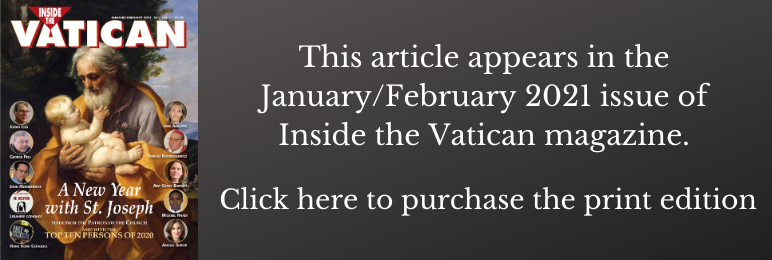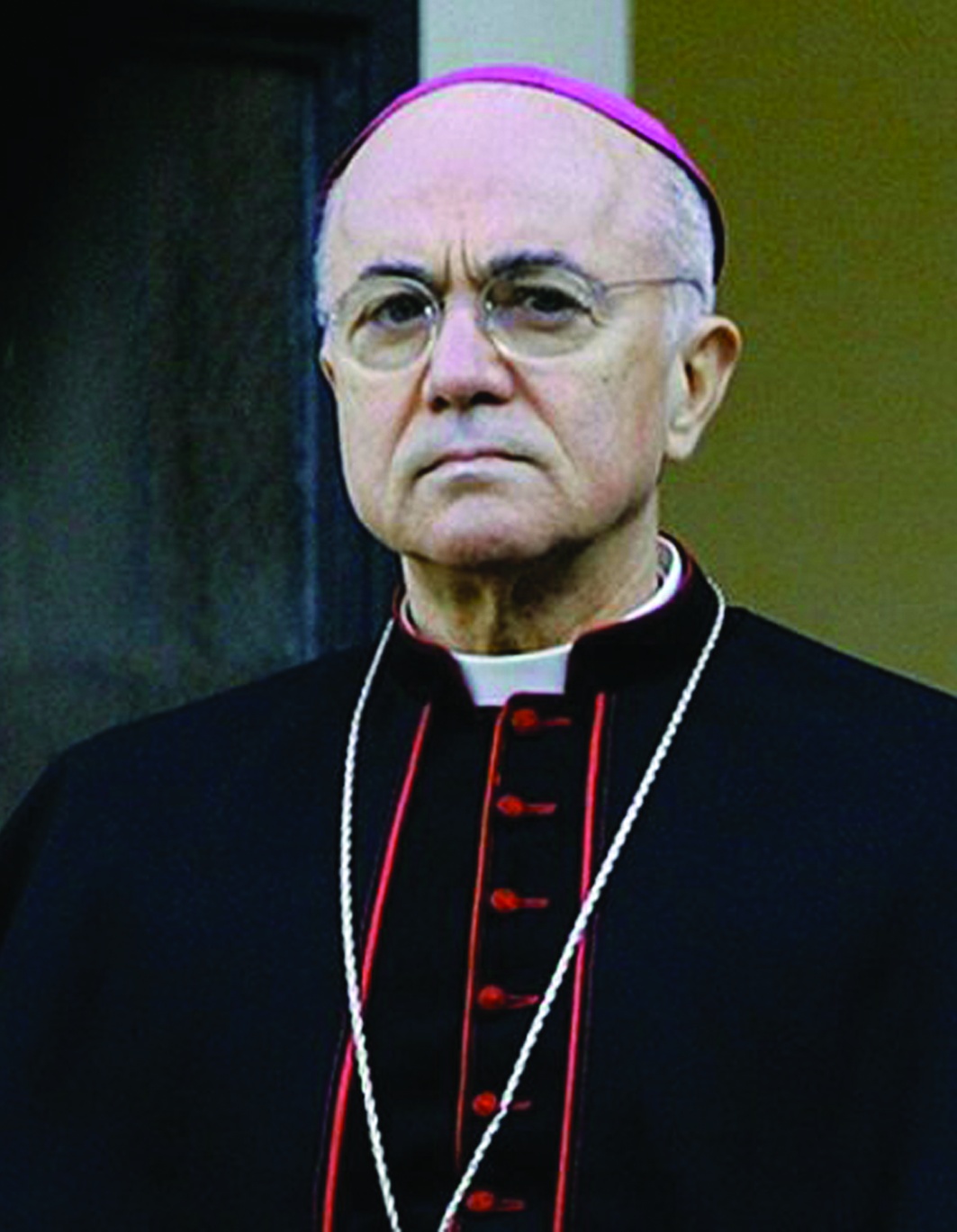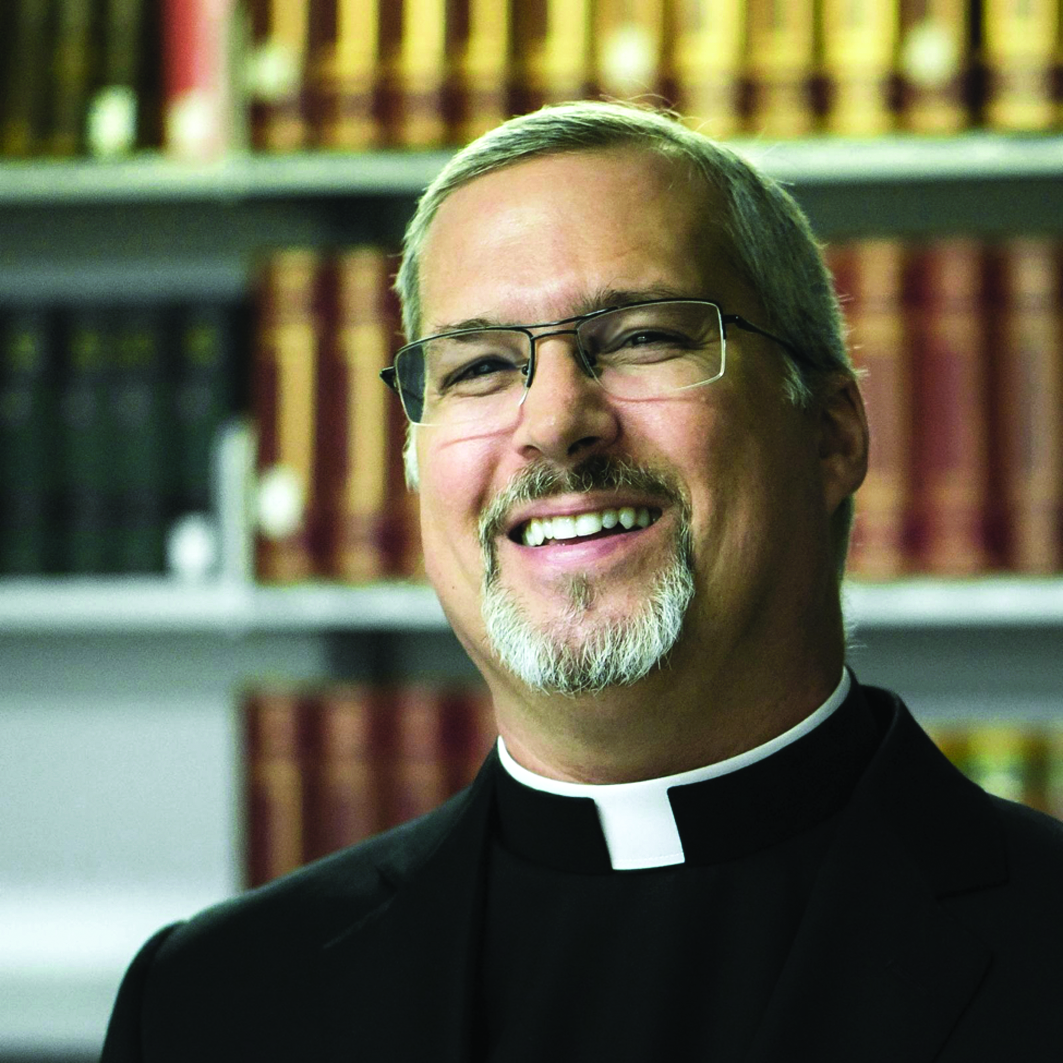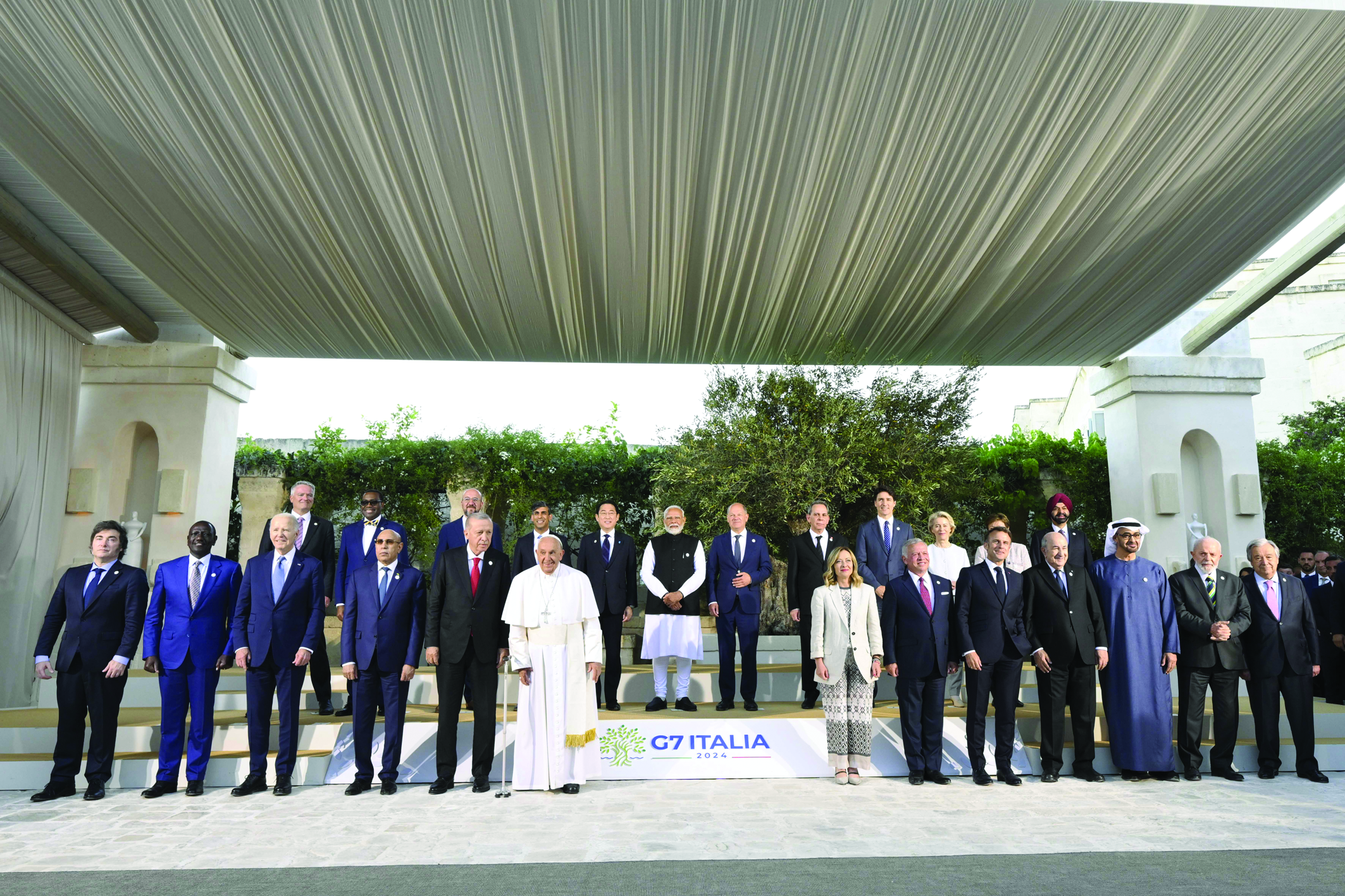By Robert Moynihan
In the confusion of recent weeks and months, with the virus, the riots, church closings, and the confusing US elections, many have felt overwhelmed. But the essential things remain, and still offer new hope.
January 18, 2021, Feast of St. Prisca
Start a publishing house… Establish a newspaper, one people can see themselves in and hold in their hands…” —Alana Newhouse, “Everything is broken,” Tablet, January 14, 2021
Our present time is, regrettably, marked by an arrogant, harmful rejection of Catholic truths which have been sure guides for souls seeking meaning and goodness in this life. The Baltimore Catechism, used by all in the US prior to the Second Vatican Council, rightly taught in its first chapter these truths:
3. Q. What is man? A. Man is a creature composed of body and soul, and made to the image and likeness of God.
6. Q. Why did God make you? A. God made me to know Him, to love Him, and to serve Him in this world, and to be happy with Him for ever in heaven.
9. Q. What must we do to save our souls? A. To save our souls, we must worship God by faith, hope, and charity; that is, we must believe in Him, hope in Him, and love Him with all our heart.
10. Q. How shall we know the things which we are to believe? A. We shall know the things which we are to believe from the Catholic Church, through which God speaks to us.
The tendency of our time is to “collapse” the understanding of the nature of man, and of God, and of reality, into a single flat level, removing the “second story” of reality: the eternal, spiritual realm. The trend is to consider man as merely material (not material and spiritual); God as a mythical crutch, not the true Source of all being; and our duty in life as having nothing to do with worshipping God, but only with acquiring knowledge (“science”) and enjoying pleasure in this world (because the eternal realm is said not to exist). The trend of our time is to disregard the Church, for the moral authority of our Church has been destroyed in recent decades, for reasons we know.
So the solution to the problems of our time — the virus, the vaccine, economic injustice, the loss of our civil rights — must pass through, once again, the recovery of our faith, a return to the truths of our faith, and the practice of those truths, in charity.
I would like to contribute to that recovery. So, after months of reflection, I have decided to change the rhythm of the publication of Inside the Vatican to face the challenges of the time more effectively. Instead of publishing 10 times per year (with two double issues each summer), we will publish 6 times per year, every two months. At the same time, we will deepen our coverage through special supplements, emailed “Moynihan Letters,” podcasts and Zoom gatherings, where readers will have the chance to meet me personally and pose questions.
I have always been committed to the idea of a print publication as a contribution to public discourse in the Church and world. I remain committed to this idea. In spite of the growth of the internet — and in a certain sense, because of the growth of the internet — I remain convinced that a print publication, appearing on actual paper, something you can hold in your hands, pick up, put down, consult even if you have no computer or electricity — is something precious.
I am, in a very real sense, a “magazine maker.” Choosing topics, photographs, cover images, titles, gathering them together in a connected, coherent product, then saying, “Ok, print it,” has been my life for 33 years. I “made” my first magazine in 1988, in March. I was in my early 30s, an American in Rome during the pontificate of Pope John Paul II. My first magazine was the first issue of 30 Days in the Church and in the World, edited by Alver Metalli and produced by a talented team of journalists (most of them Italian) who loved the Church, in Italy and Europe that were increasingly secular and “post-Christian.”
That issue appeared in April 1988. On the cover: Pope John Paul, walking like Moses through the Red Sea. The title: “Between Two Imperialisms.” On each side of the cover, our graphic designer, Giuseppe Sabatelli, had drawn an enormous wave, topped with white foam, about to break over the center of the page where one lonely figure was striding forward, his staff in hand: Pope John Paul II. One of the waves about to fall was marked with the Communist hammer and sickle, the Soviet Union (which still existed then). The towering second wall of water was marked with the Stars and Stripes of an increasingly “secular humanist” United States of America.
So the “two imperialisms” were depicted, and also the path of the Church: the dry land between the waves, the path indicated by God through the waters of this world, a “third way,” a miraculous, seemingly impossible way, through the towering waters, toward the Promised Land.
Thirty-three years have passed by. During these 33 years, I have “made magazines.” I made 27 issues of 30 Days (1988-1990), 16 issues of Catholic World Report (1991-1993), and then, including our “Zero Issue” in April of 1993, 275 issues of Inside the Vatican. So over 33 years, from 1988 to 2021, I have prepared and printed 318 magazines.
I am profoundly grateful to have had this opportunity. I feel it is a gift, from the very beginning, to have had the chance, the destiny, to be the editor of a Catholic magazine. I have never felt it was anything other than a profound, great privilege, month after month, to pull together news, the beautiful photographs taken by our photographer, Grzegorz Galazka, and the beautiful images of Christian art and architecture selected by Sabatelli, and each month to see it all come out in print and travel around the world… to convents and prisons… to seminaries and universities… to ordinary families and to Popes. Thank you for your support and understanding along the way.







Facebook Comments